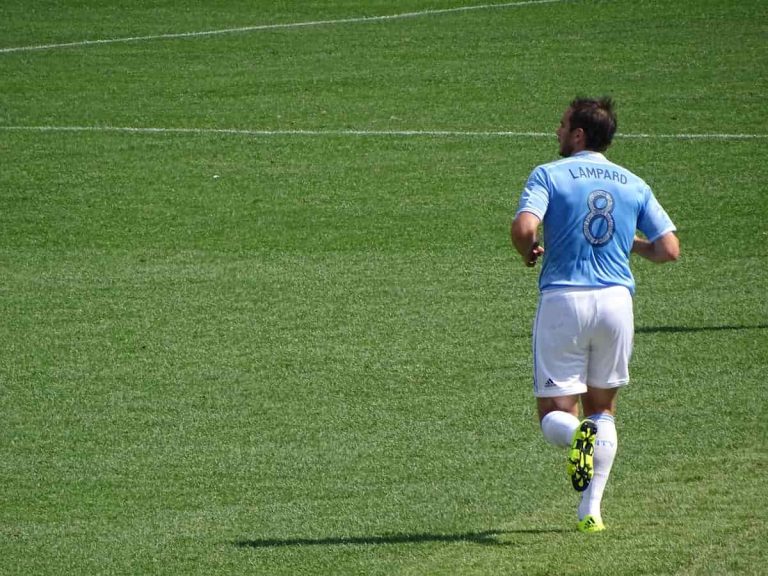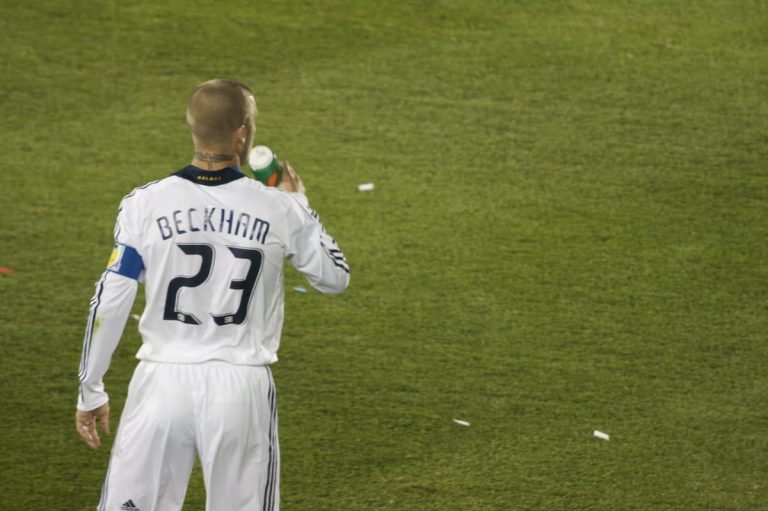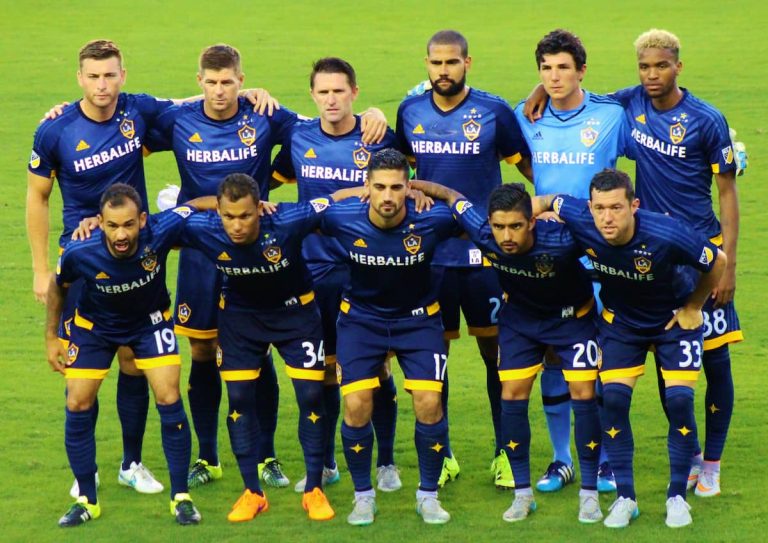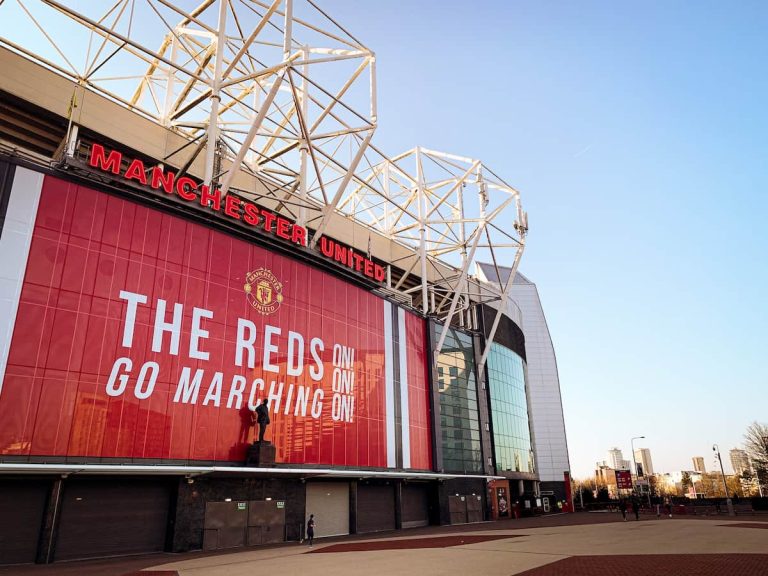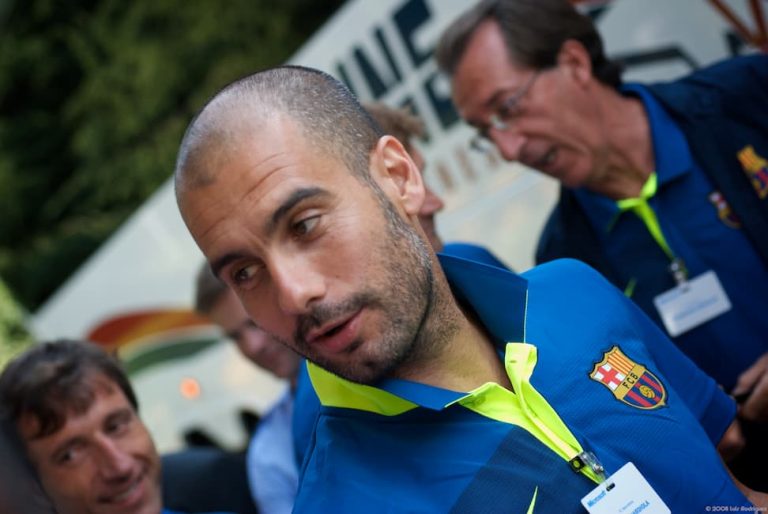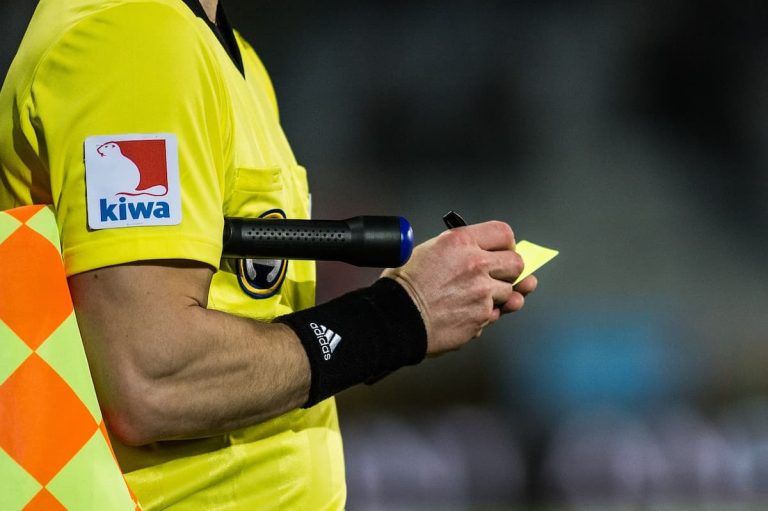What’s the Difference Between a Striker and a Centre Forward?
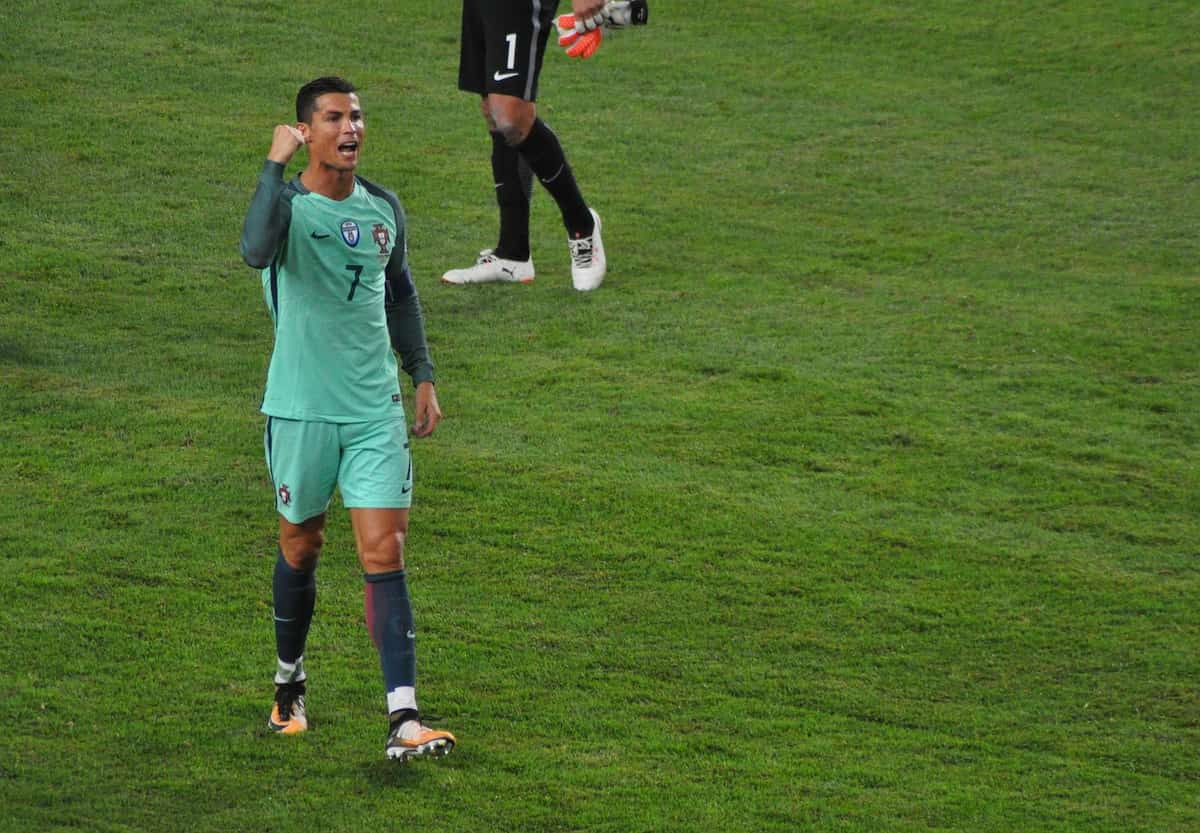
A topic that is discussed amongst football pundits and fans is the striker vs centre forward debate. There is often confusion between both roles, so in this article, we’re going to outline the main differences between strikers and centre forwards. We’ll also provide great examples of players that have played these roles.
Table of Contents
What Is a Striker in Football?
In football, strikers play closest to the opposition’s goal and line up in the middle of the pitch. Their main priority is to score goals, and they tend to be the best goalscorers in the squad, having great movement and shot accuracy. Strikers don’t tend to be involved in much of the build up play, they often finish moves by putting the ball in the back of the net.
What Is a Centre Forward in Football?
A forward in football is an attacking player that can play in a number of different positions including as a false 9, a number 10 or a winger. Scoring goals is not their main priority, as they’ll more than likely be heavily involved in build up play. Although forwards do score goals, they spend more time creating chances for the strikers.
What Are the Differences Between Strikers and Centre Forwards?
When discussing the striker vs forward debate, there are a number of factors to consider including positioning, build up play involvement and the amount of goals and assists recorded.
Positioning
The most significant difference between a striker and a forward is their positioning. Strikers are usually the most advanced player on the pitch, operating in spaces closest to the opposition’s goal. They’re often positioned down the centre of the pitch. When their team is attacking, strikers like to spend as much time as they can in the opposition penalty box.
In contrast, forwards can operate in a number of different advanced positions across the pitch. They can find themselves close to either touchline or slightly deeper than the striker. It’s important to recognise that forwards position themselves ahead of defensive midfielders, but deeper than the striker(s).
Forwards can help create space for strikers by making runs from deep, luring opposition defenders out of position.
Build Up Play Involvement
Another factor to consider in the striker vs centre forward debate is build up play involvement. Strikers aim to be involved in build up play as little as possible. An ideal scenario for them is for the rest of the attacking players to create moves that they are able to finish in the box with a shot on goal.
There are however examples of strikers being involved in build up play, such as Harry Kane for Tottenham Hotspur. He often found himself dropping deep to be involved in the build up when playing under José Mourinho. You could argue that from a tactical point of view, he could be considered more of a false 9 in this scenario.
Build up play involvement looks a little different for forwards. In contrast to the striker, forwards are fundamental to build up play and are usually the players who provide strikers with goal scoring opportunities.
Goals and Assists
When it comes to goals and assists, there can be a difference between strikers and forwards. As discussed previously, a striker’s main priority is to score goals for their team, and this is usually reflected by their stats across a season.
Strikers tend to have the most goal scoring opportunities presented to them out of the whole squad, which means they usually score more goals than forwards. Their lack of involvement in build up play does mean that their opportunities to produce assists are limited, though.
This is often the opposite for forwards. They’ll often record more assists than goals due to their heavy involvement in build up play.
Forwards certainly have the ability to score goals, however from a tactical perspective, managers would rather them create opportunities for the strikers. This usually leads them to scoring less goals over the duration of a season than the strikers.
Physical Stature
Something that is also worth noting is the physical differences between forward players and strikers. In some instances, strikers are physically bigger than forward players. Strikers who focus on holding the ball up, such as Chris Wood, tend to be taller and stronger than most forward players.
Their added height can help them become a target in the box from crosses and set pieces too.
Examples of Strikers
Cristiano Ronaldo
For the majority of his career, Cristiano Ronaldo has produced incredible goal and assists stats, but is Ronaldo a centre forward or a striker? Earlier on in his career, you could argue there was evidence that Ronaldo was a forward. He usually operated on the left as a winger during his first stint at Manchester United and also during his time at Real Madrid.
However, during his second stint at Manchester United, Ronaldo was definitely an out-and-out striker, playing furthest up the field and being absent in any build up play. Playing as a striker at the age of 36 meant that Ronaldo came under scrutiny for not being able to press intensely enough in Erik ten Hag’s setup.
Despite this, in the 2021/22 season, Ronaldo was able to score 24 goals in 35 appearances when playing as a striker and ended up being Manchester United’s top goalscorer that season.
To conclude whether Ronaldo is a centre forward or striker, he’s actually played as both during different stages in his career.
Robert Lewandowski
Polish international Robert Lewandowski is considered one of the best strikers of the modern era. He spent the majority of his career at Bayern Munich and has played alongside numerous creative players that have made it easy for him to score lots of goals, including Thomas Müller, Franck Ribéry and Arjen Robben.
He has utilised his clever movement throughout his career, which allows him to get a yard on defenders. A yard is all he usually needs in order to get a shot on target, and these tend to end up in the back of the net.
Watch this informative video from Unisport to learn four things about Robert Lewandowski as a striker:
Karim Benzema
Another striker that has had a coveted career is Frenchman Karim Benzema. He has played for Spanish giants Real Madrid since 2009, scoring 331 goals in 618 matches. He is an incredibly well-rounded player and could be considered a forward as well as a striker.
There have been spells during his career where he has played on the wing as well as a number 10, which are traits of a forward rather than a striker. He is most dangerous as a striker, though, proving a great threat in the box. He is also strong and powerful too. In 2021, Real Madrid’s manager Carlo Ancelotti described Benzema as “the best striker in the world”.
Examples of Centre Forwards
Antoine Griezmann
Once a striker, Frenchman Antoine Griezmann has operated more as a centre forward later on in his career. The player has had a somewhat rocky career, making his name at Atlético Madrid before having a turbulent 3-year spell at Barcelona. He returned to Atlético in 2021 and started performing more consistently.
During the 2022 Qatar World Cup, Griezmann had a brilliant tournament operating as a number 8 for the France squad. Playing slightly deeper as a midfield forward allowed Griezmann to control games and creating goalscoring opportunities for his teammates Olivier Giroud and Kylian Mbappé.
He is out of his prime years now at 31, but it’s clear that he’s found the position he is most suited to at this stage of his career. He’s had experience playing as an attacking midfielder, winger and striker throughout his career, meaning that he would be considered as a forward.
Marco Reus
Borussia Dortmund captain Marco Reus is another example of a forward player. He’s played in many positions across the front line for club and country, contributing with goals and assists on a consistent basis.
He is a brilliant finisher, but also possesses impressive technical skills including intelligence, accuracy from set pieces and attacking movement. This skill set means that in the striker vs forward debate, he is best suited as a forward player rather than a striker.
Neymar Jr
Brazilian maestro Neymar Jr is a fantastic example of a forward player. He can play across any of the forward positions and has done at the highest level, playing as a winger for Barcelona, a number 10 for Brazil and at times, as a deep lying forward for PSG.
He’s brilliant at taking on opponents with his dribbling ability and turn of pace, and he’s able to create lots of goalscoring opportunities for himself and his teammates this way.

